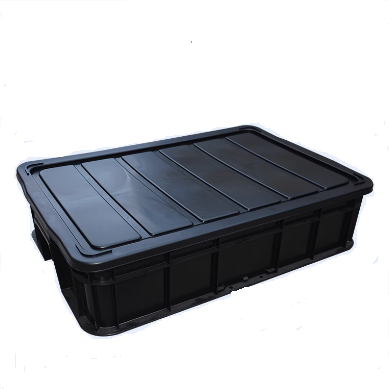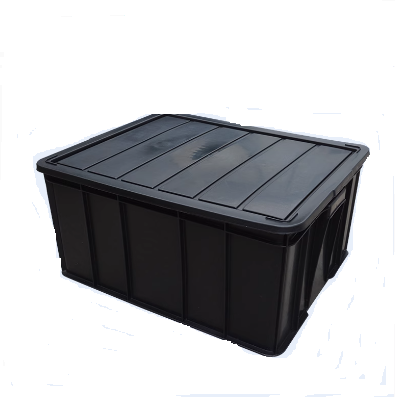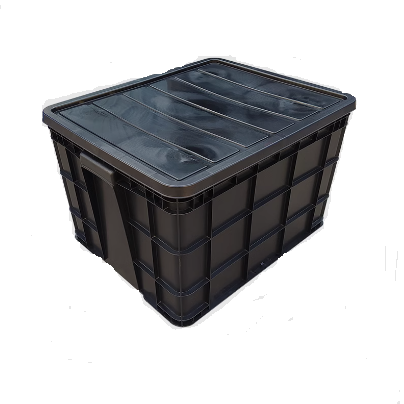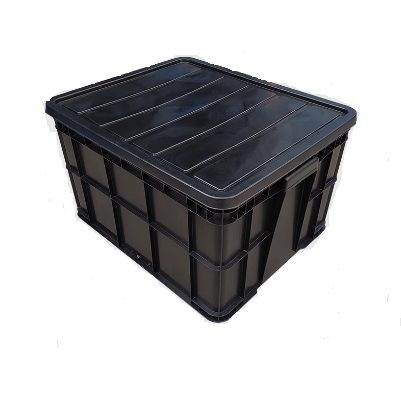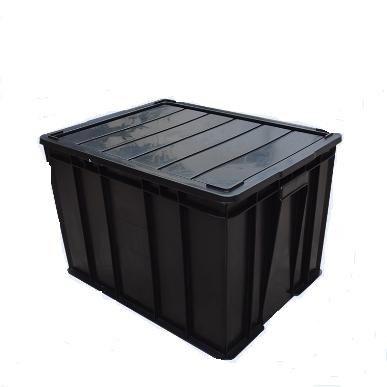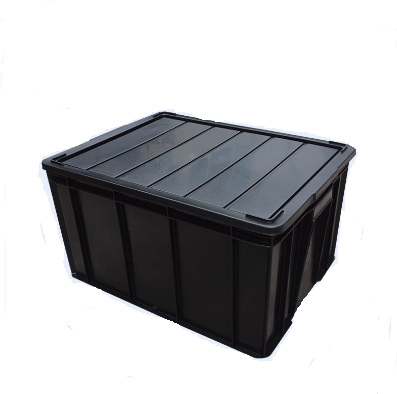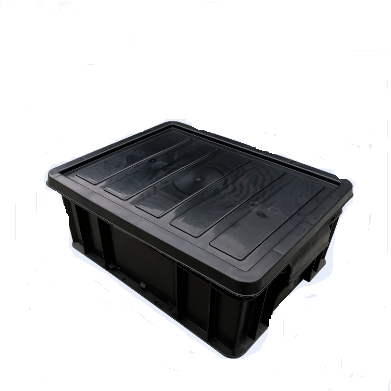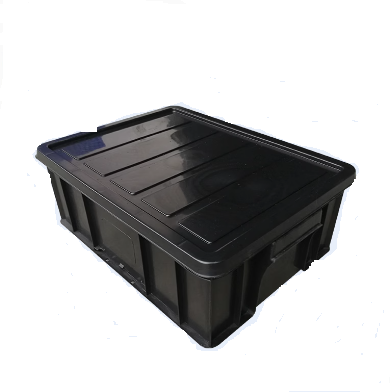Introduction:
Electrostatic discharge (ESD) is a significant concern in the electronics industry, where even a minor static shock can damage sensitive components.
To mitigate this risk, ESD-safe storage solutions, such as ESD boxes with lids, are essential.
These boxes provide a controlled environment that prevents static buildup, ensuring the safe handling and storage of electronic parts.
This article explores why the electronics industry relies on ESD-protective packaging, the risks of ESD damage,
and how ESD storage boxes (such as those with dimensions 205×135×60 mm outer size and 177×119×55 mm inner size)
play a crucial role in modern manufacturing and assembly processes.
1. Understanding Electrostatic Discharge (ESD) and Its Risks
What Is ESD?
Electrostatic discharge (ESD) occurs when two objects with different electrical charges come into contact, resulting in a sudden flow of electricity.
While humans may only feel a shock at around 3,000 volts, sensitive electronic components can be damaged by as little as 10 volts.
Common Causes of ESD in Electronics
Human Handling – Workers touching components without proper grounding.
Friction & Movement – Parts rubbing against non-ESD-safe surfaces.
Improper Packaging – Storing components in non-conductive materials.
Effects of ESD on Electronic Components:
Immediate Failure – A high-voltage discharge can destroy a component instantly.
Latent Damage – A weakened component may fail later in the product’s lifecycle.
Increased Costs – Higher defect rates lead to rework, recalls, and financial losses.
Given these risks, industries must implement ESD protection measures, including anti-static storage solutions like ESD boxes with lids.
2. Why the Electronics Industry Needs ESD Boxes
A. Protection During Storage & Transportation
Electronic components are vulnerable during storage and shipping. A standard plastic container can generate static, whereas an ESD-safe box
(made from conductive or dissipative materials) prevents charge buildup.
Example: A 205×135×60 mm ESD box securely holds PCBs, ICs, and semiconductors, shielding them from static and physical damage.
B. Compliance with Industry Standards
Manufacturers must adhere to ESD control standards, such as:
ANSI/ESD S20.20 – Guidelines for ESD control programs.
IEC 61340-5-1 – International standard for electrostatic protection.
Using certified ESD boxes ensures compliance, reducing liability risks.
C. Preventing Contamination & Physical Damage
Beyond static protection, ESD boxes with lids also:
Block dust, moisture, and debris.
Provide cushioning against impacts.
Allow safe stacking in warehouses.
D. Cost Savings & Waste Reduction
ESD-related failures lead to:
Scrapped components – Wasted materials and production time.
Recalls & Repairs – Increased warranty costs.
Investing in proper ESD storage minimizes these losses.
3. Key Features of an Effective ESD Box
A high-quality ESD storage box (like the 205×135×60 mm model) should include:
A. ESD-Safe Materials
Conductive or dissipative plastics (e.g., PP, HDPE) with a surface resistance of 10³–10⁹ Ω/sq.
Carbon-loaded polymers to safely ground static charges.
B. Secure Lid Design
Prevents accidental spills.
Shields contents from external static fields.
C. Durability & Stackability
Resists wear, chemicals, and mechanical stress.
Interlocking lids for stable stacking.
D. Industry-Specific Customization
Size variations (e.g., 177×119×55 mm inner space for small components).
Labeling options for inventory tracking.
4. Applications of ESD Boxes in Different Industries
A. Electronics Manufacturing
Stores PCBs, microchips, and semiconductors during assembly.
B. Automotive Electronics
Protects ECUs, sensors, and wiring harnesses from static damage.
C. Aerospace & Defense
Ensures avionics and communication devices remain functional.
D. Medical Devices
Safeguards sensitive diagnostic equipment from ESD risks.
E. Telecommunications
Prevents damage to network components and fiber-optic modules.
5. Choosing the Right ESD Box
When selecting an ESD storage box, consider:
✔ Material conductivity (must meet industry standards).
✔ Size & capacity (e.g., 205×135×60 mm for medium-sized components).
✔ Lid security (snap-fit, hinged, or removable).
✔ Stackability & portability for efficient storage.
Conclusion:
The electronics industry cannot afford to overlook ESD protection. ESD boxes with lids provide a cost-effective,
reliable solution to prevent static damage, ensuring product reliability and compliance with safety standards.
By using properly designed ESD storage solutions—such as boxes with 205×135×60 mm outer dimensions
and 177×119×55 mm inner space—manufacturers can significantly reduce failure rates, improve product longevity, and minimize costly defects.
Investing in high-quality ESD packaging is not just a precaution—it’s a necessity for modern electronics production.
